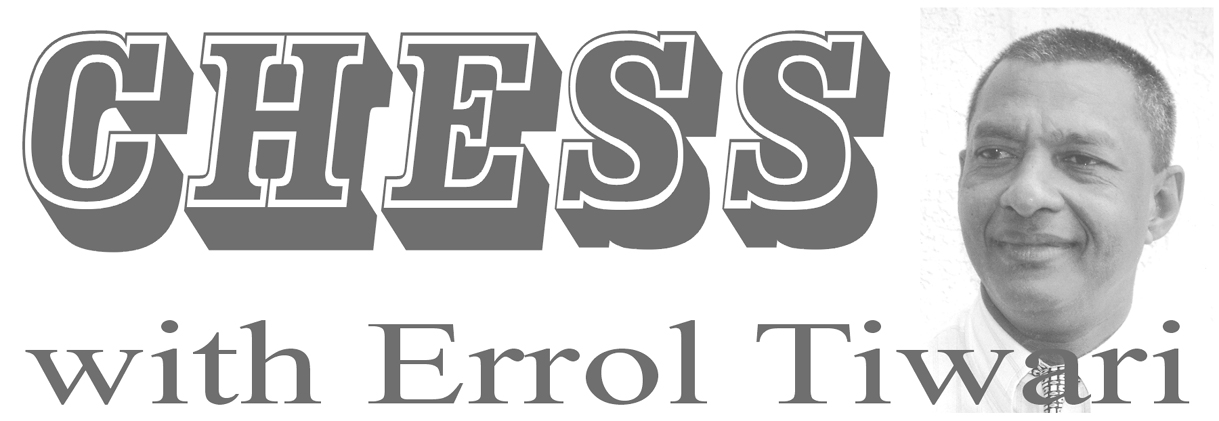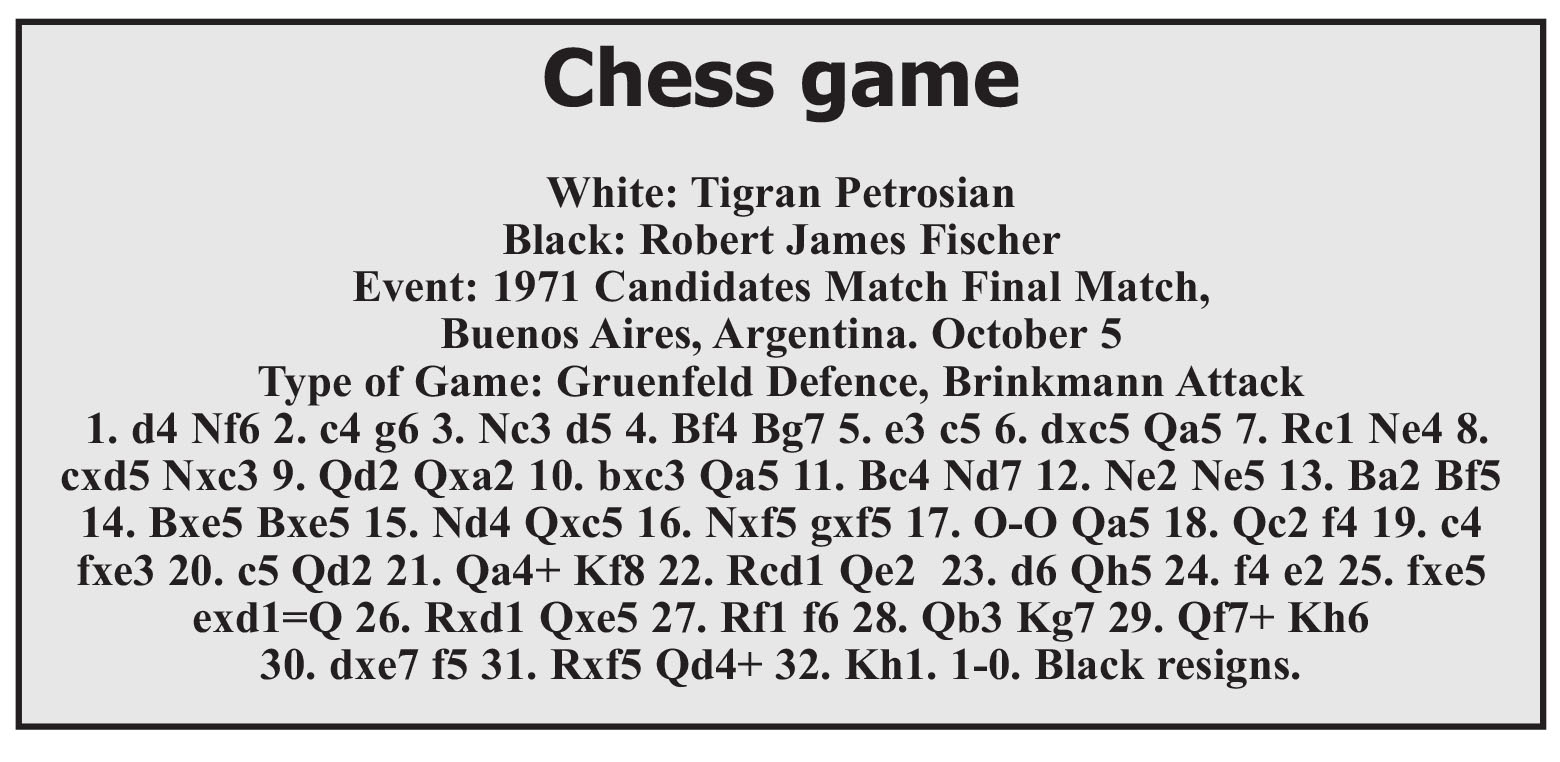 Soviet-Armenian grandmaster and a previous world chess champion, Tigran Petrosian was noted for his impenetrable defensive playing style. He was at times referred to as the drawing master. Petrosian played solidly and accurately, and won the World Chess Championship in 1963 against the errorless Mikhail Botvinnik. He held the title for six successive years until 1969. He successfully defended his title in 1966 against Boris Spassky but lost it to the same player in 1969.
Soviet-Armenian grandmaster and a previous world chess champion, Tigran Petrosian was noted for his impenetrable defensive playing style. He was at times referred to as the drawing master. Petrosian played solidly and accurately, and won the World Chess Championship in 1963 against the errorless Mikhail Botvinnik. He held the title for six successive years until 1969. He successfully defended his title in 1966 against Boris Spassky but lost it to the same player in 1969.
Petrosian was a candidate for the World Chess Championship eight times, 1953, 1956, 1959, 1962, 1971, 1974, 1977 and 1980. During his sterling chess career he emphasized safety above everything else. Although he was a cautious and highly defensive player, Petrosian mixed caution with dynamic combinations to gain the initiative in his games.
 He was strongly influenced by Aron Nimozowitsch’s idea of prophylaxis. Prophylaxis is a concept where a player moves to prevent their opponent from executing certain plans and actions or improving their positions. This concept is about anticipating and countering potential threats before they materialize. Petrosian rarely went on the offensive unless he felt his position was completely secure. His style of play often led to draws especially against players who loved to counterattack.
He was strongly influenced by Aron Nimozowitsch’s idea of prophylaxis. Prophylaxis is a concept where a player moves to prevent their opponent from executing certain plans and actions or improving their positions. This concept is about anticipating and countering potential threats before they materialize. Petrosian rarely went on the offensive unless he felt his position was completely secure. His style of play often led to draws especially against players who loved to counterattack.
Petrosian was born to Armenian parents on June 17, 1929 in Tbilisi, Georgia. He learned to play chess at the age of eight and won the mighty Soviet Championship four times, 1959, 1961, 1969 and 1975. The Soviet Championship is
considered to be the strongest of all national chess championships worldwide.
Petrosian was generally believed to be the hardest player to beat in the history of chess. Noted chess trainer and grandmaster Efstratios Grivas encourages his students to study the games of Tigran Petrosian and try to understand what he had seen and why he chose his moves. Grivas is the author of “The Chess Instructor – The Isolated Pawn”.









